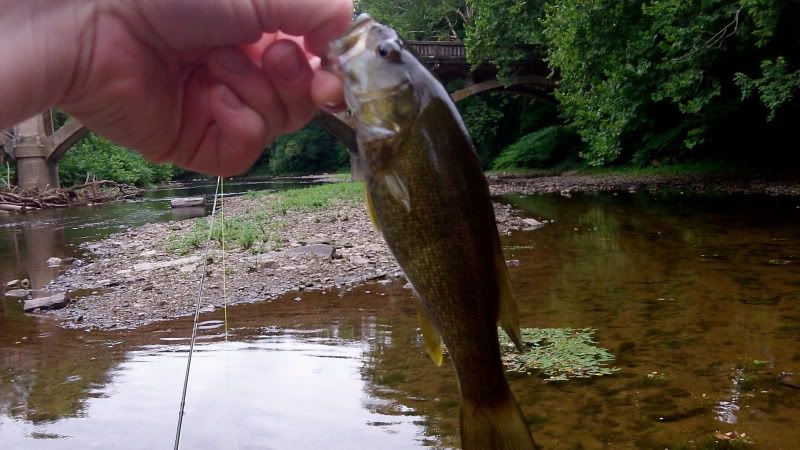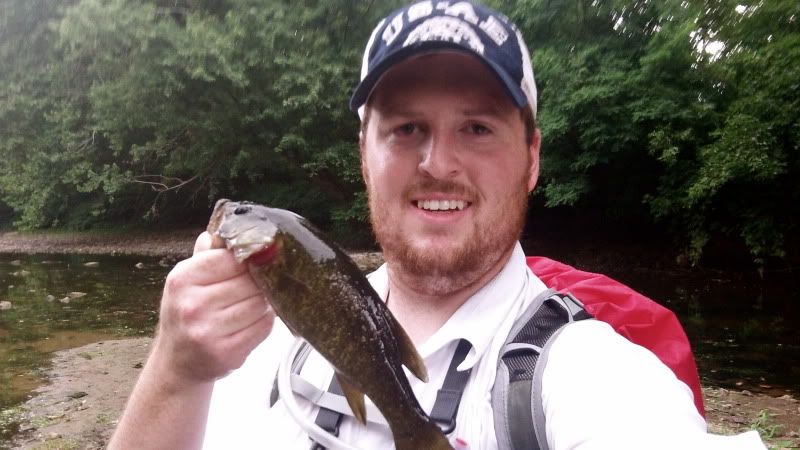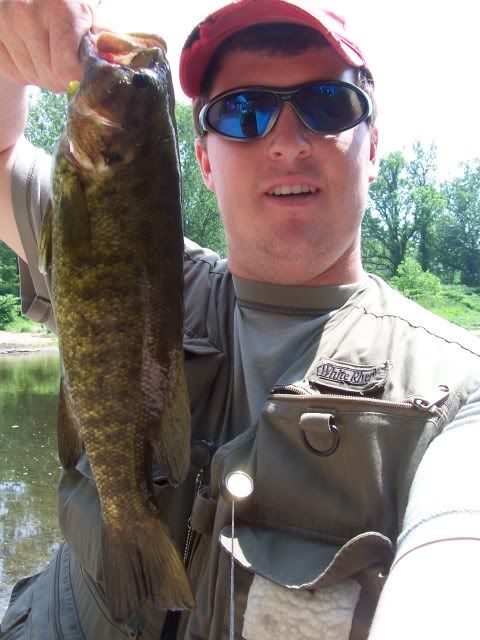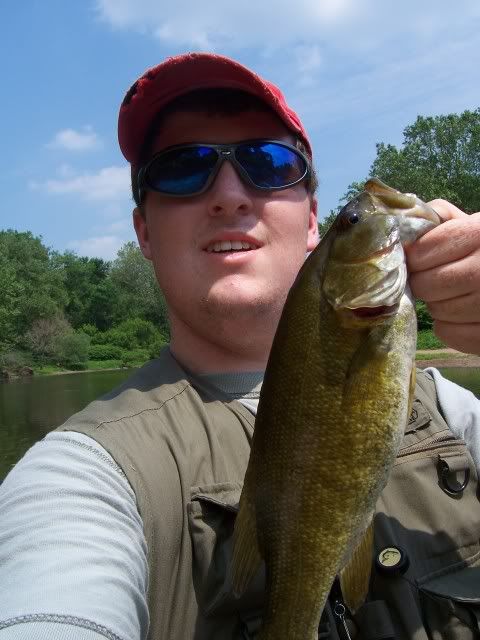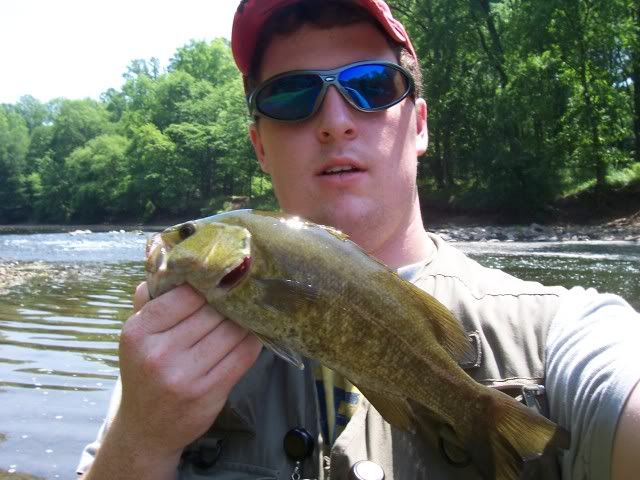S
springer1
Member
I've read the recent posts about successful SM fishing, but I don't think the experience of a few people changes the overall picture.
I've been SM fishing for 50 years here in SE Pa, and it's never been anything like the last 3 or 4 years.
No matter where I go, the numbers of smallmouth are down very very significantly, I'm wondering if the measures taken for the Susquehana need to be extended in a broad way for the SE area of the state.
As it stands now, the state regulations are in essence not relevant, as catching a 12" smallmouth in a morning or evening trip in almost any SE Pa waterway is a very difficult undertaking.
My experience over the last 3 - 4 years is that waterways that once yielded SM along with other species for fly fishing are now limited to basically chubs and bluegill.
I don't know what the causes are; (flatheads, water quality, whatever) but why would the Susquehanna warrant a unique treatment when so many other SE Pa rivers and streams have the same SM decline?
I've been SM fishing for 50 years here in SE Pa, and it's never been anything like the last 3 or 4 years.
No matter where I go, the numbers of smallmouth are down very very significantly, I'm wondering if the measures taken for the Susquehana need to be extended in a broad way for the SE area of the state.
As it stands now, the state regulations are in essence not relevant, as catching a 12" smallmouth in a morning or evening trip in almost any SE Pa waterway is a very difficult undertaking.
My experience over the last 3 - 4 years is that waterways that once yielded SM along with other species for fly fishing are now limited to basically chubs and bluegill.
I don't know what the causes are; (flatheads, water quality, whatever) but why would the Susquehanna warrant a unique treatment when so many other SE Pa rivers and streams have the same SM decline?


